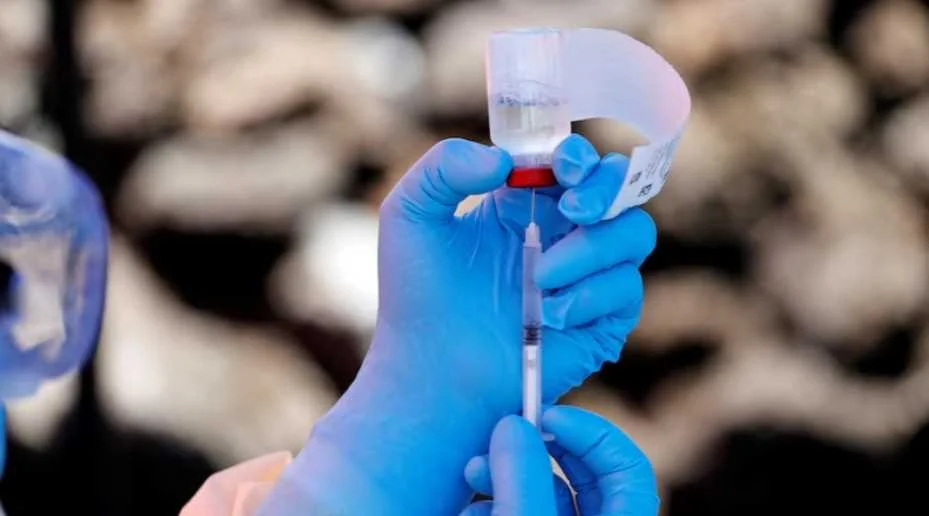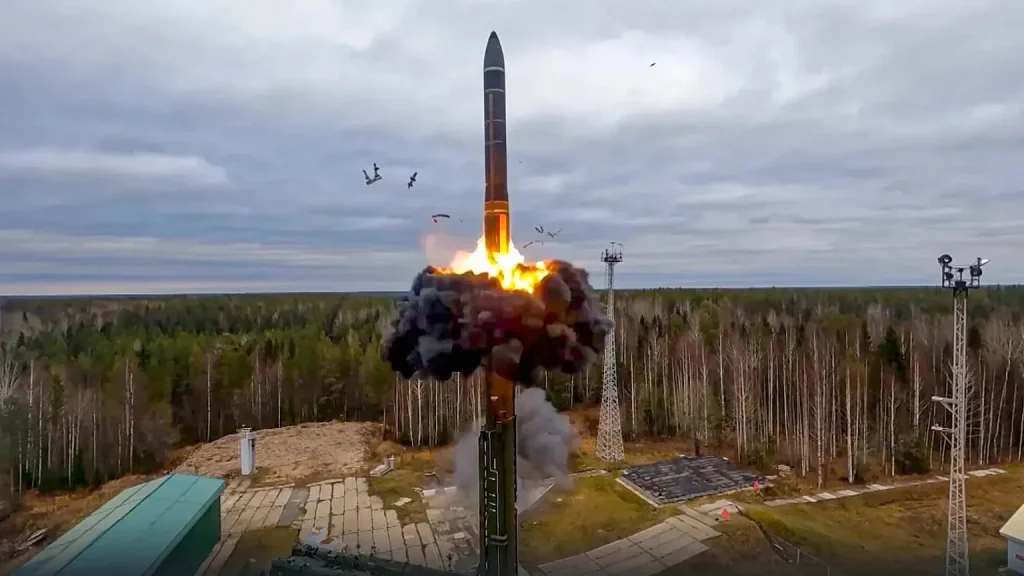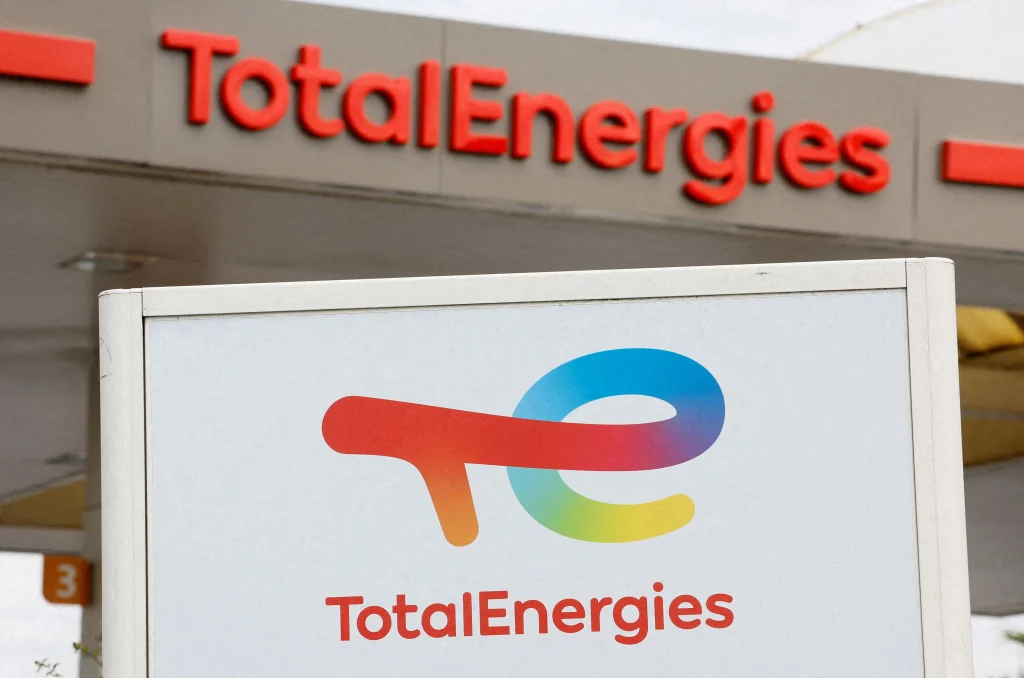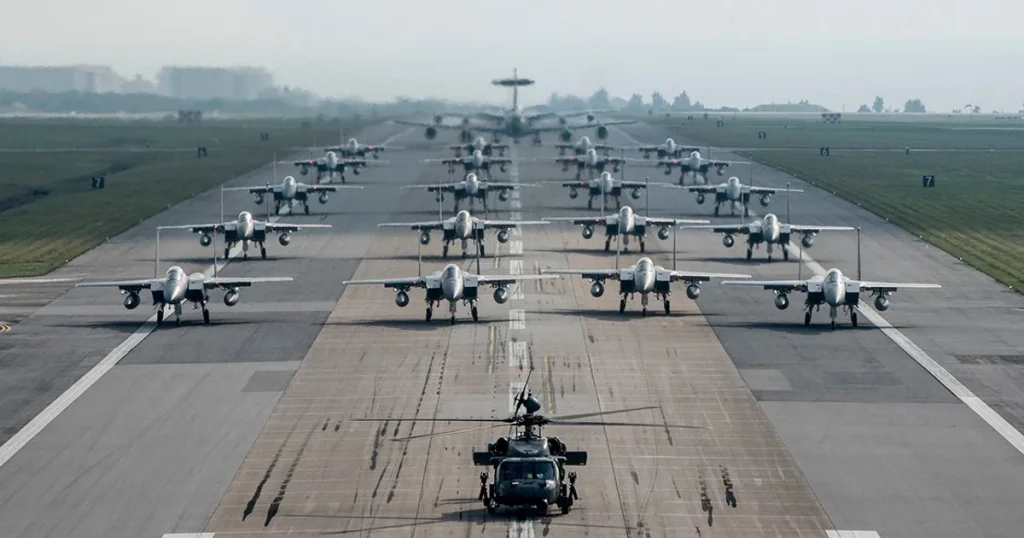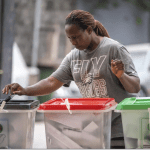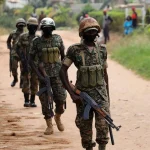The Democratic Republic of Congo (DRC) is confronting a new Ebola outbreak in Bulape Health Zone, Kasai Province, with health officials reporting 11 new cases.
As of September 21, 2025, the outbreak has reached 57 cases, 47 confirmed and 10 probable, with 35 deaths, yielding a 61.4% fatality rate.
Affected Areas and Groups
The outbreak spans six health areas: Bambalaie, Bulape, Bulape Communautaire, Dikolo, Ingongo, and Mpianga.
Children aged 0–9 make up 23% of cases, while females, comprising 61% of cases, face a 56% fatality rate compared to 73% for males.
Vulnerable groups include children, housekeepers, and farmers, with five health workers among the infected.
Strain on Health System
This marks the DRC’s 16th Ebola outbreak since 1976, caused by the Zaire virus strain. Ongoing conflicts with rebel groups, especially in eastern regions, have weakened the nation’s health infrastructure, complicating response efforts.
Vaccination Challenges
Only 400 doses of the Ervebo vaccine have been deployed, with more expected soon. The World Health Organization notes funding and access issues, though 45,000 additional vaccines have been approved, and 2,000 doses are available in-country.
Response Efforts
Health authorities are intensifying efforts to contain the outbreak, but limited resources and regional instability pose significant hurdles.
The Africa Centers for Disease Control and Prevention has emphasized the need for swift action to curb the spread.
Urgent Needs
The DRC’s latest Ebola crisis underscores the challenges of managing infectious diseases in conflict zones, requiring robust international support to protect vulnerable populations and prevent further escalation.

